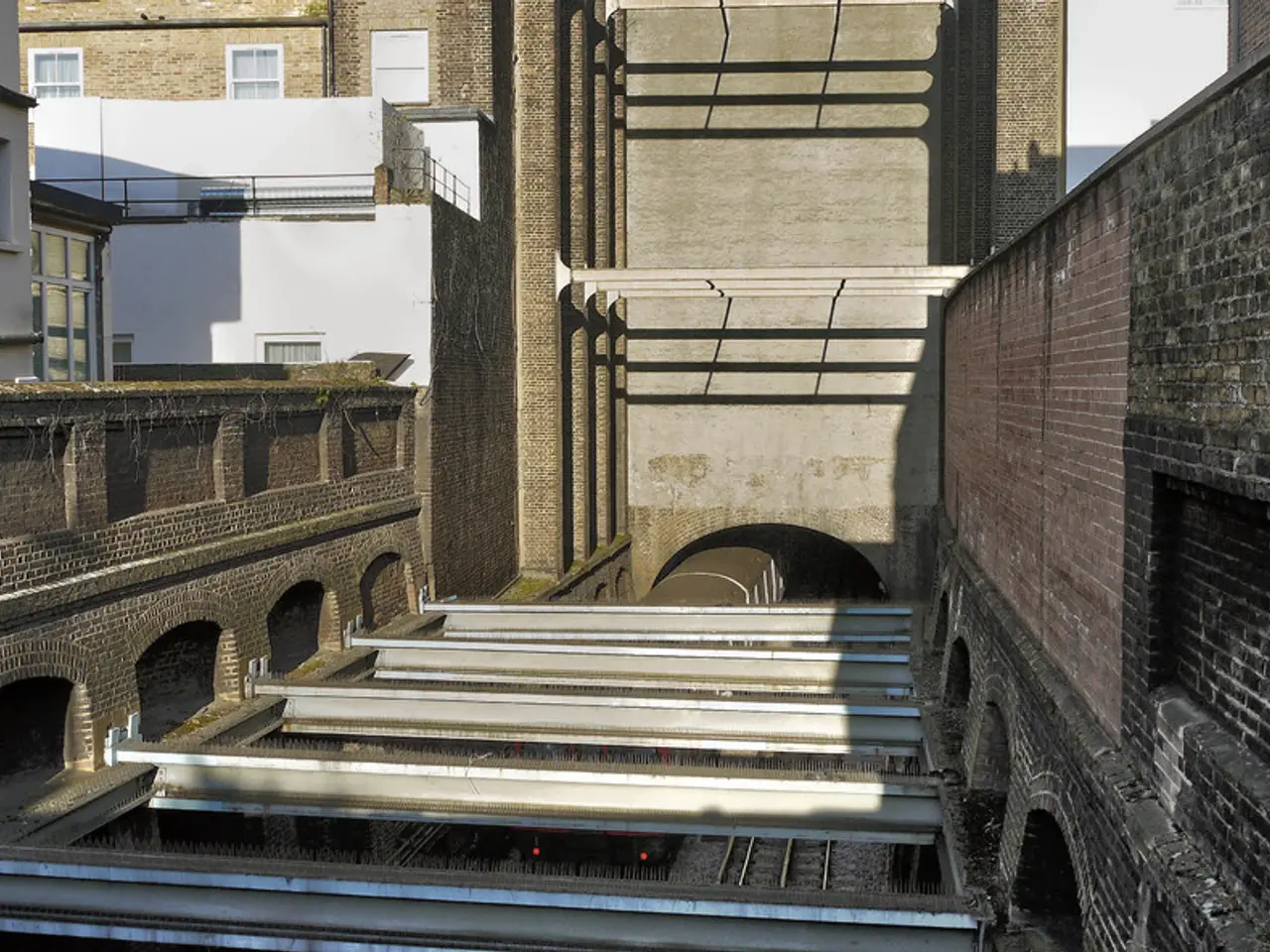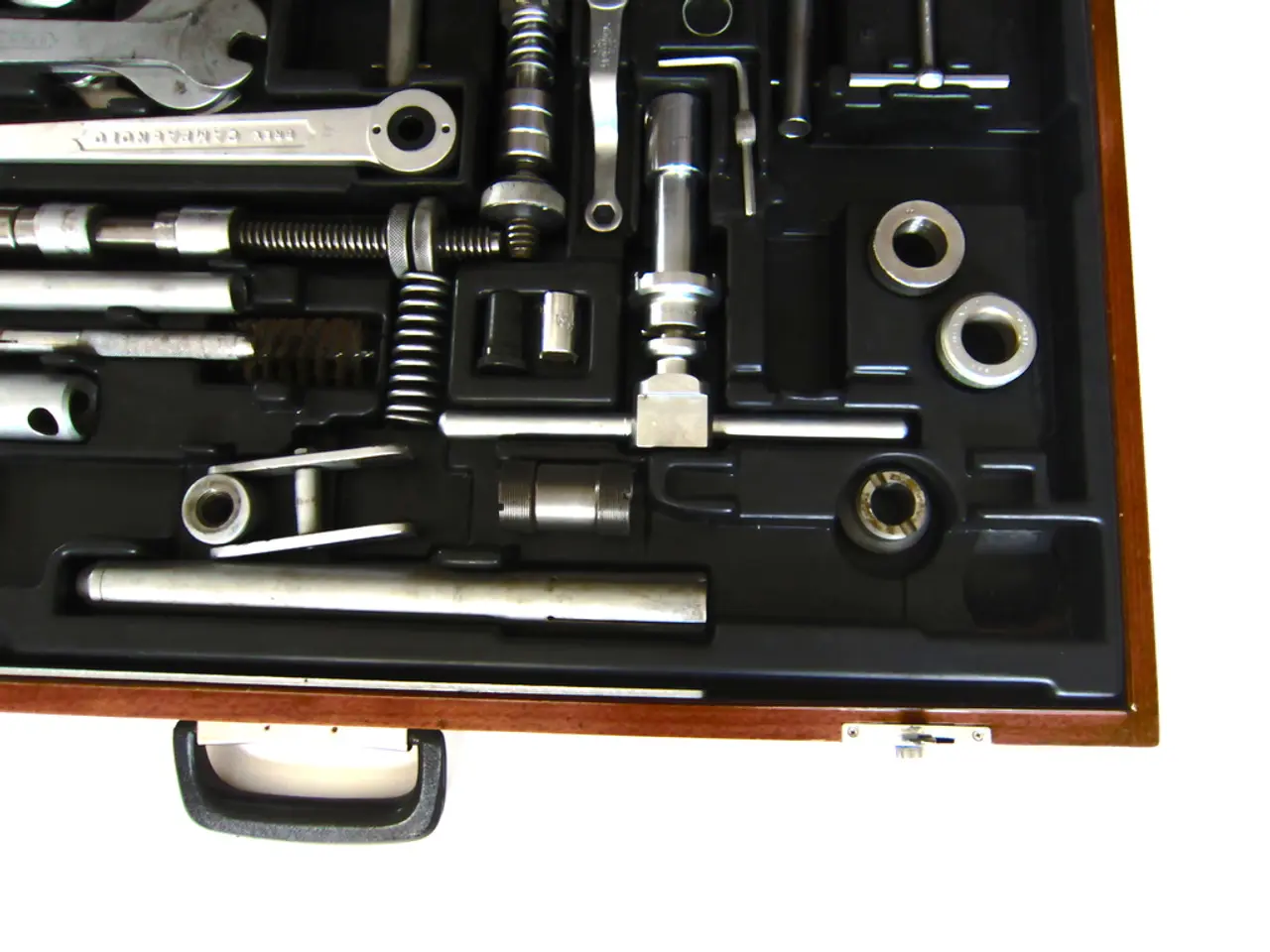High-Speed Railway Launch in India: The Debut of Japan's E10 Shinkansen on the Mumbai-Ahmedabad Corridor, Complete with Key Information
The next-generation Japanese bullet train, the E10 Shinkansen, is set to make its debut simultaneously in India and Japan, marking a significant leap in high-speed rail technology. This groundbreaking development is part of a major India-Japan technology partnership, with the E10 trains slated for their first commercial use outside Japan on the Mumbai–Ahmedabad High-Speed Rail (MAHSR) corridor.
The E10 Shinkansen is expected to set new benchmarks in speed, safety, and reliability, surpassing the current flagship of the Tohoku/Hokkaido Shinkansen lines in Japan, the E5 Series Shinkansen. However, detailed technical specifications for the E10, such as its maximum speed, propulsion system, interior amenities, or unique technological innovations, remain elusive.
Key features of the E10, as reported, include its association with cutting-edge Japanese Shinkansen Technology, global debut, modern infrastructure integration, and future-readiness. The train is being introduced as part of a corridor featuring world-class stations, deep underground platforms, and extensive viaducts, transforming India's rail infrastructure and paving the way for replication on future high-speed corridors.
The lack of published technical details suggests that full E10 specifications may be under embargo or awaiting official release. In contrast, the E5 Series Shinkansen's features are well-documented, with modifications for Indian conditions, including withstanding ambient temperatures above 50°C, integrated fine mesh dust filters, and reduced seating for extra luggage space.
The Indian E5 trains are being adapted for local conditions, with enhanced cooling, dust filters, extra luggage space, multi-purpose rooms, and adaptive seating arrangements. The E5 Series Shinkansen operates with a maximum speed of 320 km/h (operational) and up to 350 km/h (design), with a passenger capacity of around 1,300–1,600.
The E10 is marketed as the "next-generation" Shinkansen, implying advancements over the E5 in speed, efficiency, passenger comfort, or automation. While the E10's technical details remain scarce, it is set for a simultaneous launch in both countries, highlighting its role as a next-gen export platform.
The Mumbai-Ahmedabad high-speed rail corridor is a flagship project of India, and the deployment of the E10 Shinkansen is a testament to the strategic partnership between Japan and India. The corridor, featuring world-class stations, deep underground platforms, and extensive viaducts, is a reflection of this partnership.
Construction on the MAHSR corridor is ongoing, with the first segment of the 21-kilometre undersea tunnel connecting Bandra Kurla Complex (BKC) and Thane already completed. Work on four more river bridges along the Mumbai-Ahmedabad rail corridor is in the advanced stages.
The Shinkansen, often referred to as "bullet trains," form Japan's iconic high-speed rail network, celebrated for its speed, safety, punctuality, and passenger comfort. The upcoming Japanese Shinkansen generation is the E10, and the Mumbai-Ahmedabad high-speed rail corridor is still being developed using Japanese Shinkansen technology.
In summary, the E10 Shinkansen represents a new era in high-speed rail technology, expected to surpass the E5 in several respects, but specific comparative details are not yet publicly available beyond general assertions of improved performance and modernity. This next-generation train is poised to revolutionise India's rail infrastructure, setting new standards in speed, safety, and reliability.
- The E10 Shinkansen, set to transform India's rail infrastructure, is not only a symbol of the India-Japan technology partnership but also a potential export platform for future advancements in the automotive and transportation industries, particularly the automotive sector.
- As part of the Mumbai-Ahmedabad High-Speed Rail (MAHSR) corridor development, the introduction of E10 Shinkansen will involve a fusion of finance and technology, establishing a significant bridge between the Japanese and Indian finance industries, potentially opening doors for future joint ventures and collaborations in these sectors.




